Football: A chance for redemption as Australia bids for 2023 Women’s World Cup
On the face of it, the Australia-New Zealand Women’s World Cup bid is the unbackable favourite. But this is FIFA we’re talking about.
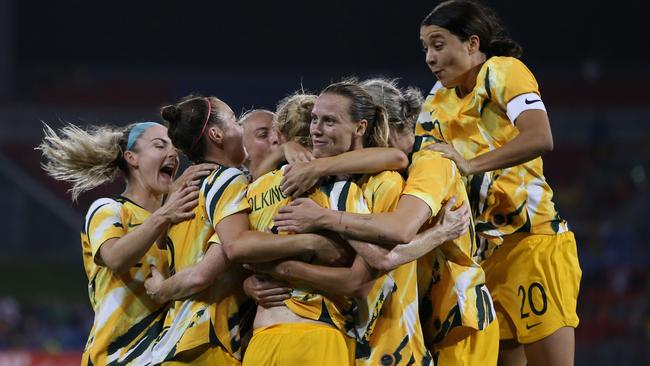
Ten years ago, former FIFA president Sepp Blatter, looking more than a little shamefaced, pulled a piece of white cardboard from an envelope that revealed Australia had spent $45m on nothing. At 2am on Friday, we get a second chance.
Blatter, since exposed and deposed, revealed the joke of the FIFA World Cup selection process when he revealed in 2010 that Qatar had done a better job of wining, dining, cajoling and backroom pandering than Australia. They got the 2022 FIFA World Cup, Australia got one vote. And that was after some of the brightest minds in Australian soccer had spent $45m on the bid.
Early on Friday, Blatter’s successor Gianni Infantino will reveal if a much more modest bid — only $5m was spent — to bring the 2023 Women’s World Cup to Australia and New Zealand has succeeded.
A win will be a shot in the arm for the Australian economy, a massive boost for women’s football here and some badly need good news for the game at a time of COVID-19 lockdown, lost sponsorships and a dramatically reduced broadcast deal for the A-League.
On the face of it, the Australia-New Zealand bid is the unbackable favourite. Of the four original bidders, Brazil and Japan have dropped out, leaving Colombia as Australia’s only rival. FIFA’s recent technical report on the bids had Australia way out in front on 4.1 out of 5, with Colombia limping home on just 2.8.
Colombia’s track record with women’s football has been poor and there have been several cases of non-payment of players and sexual harassment by officials.
It all points to a sensible decision to play the Cup in 12 world-class stadiums in Australia and New Zealand in August 2023, with 1.5 million spectators in the stands and a massive international television audience.
But this is FIFA we’re talking about and even with more transparent voting processes that have been introduced in recent years, anything could happen.
Thirty-five members of the FIFA council will vote and reports on Thursday suggested that although Australia had the support of the Asian and Oceania delegates, UEFA representatives were likely to join the South American federation in backing Colombia. And it’s anyone’s guess who the Africans and the north and central American’s will vote for.
Winning the Cup is tipped to be a huge economic boost for the code and the country — to the tune of $500m — and will help turbocharge an increase in participation numbers among girls and women.
The massive popularity of the Matildas and superstars such as Sam Kerr have convinced federal and state governments to help pay much of the estimated $120m running cost of the event. Football Federation Australia forecasts that the Cup will generate more than $250m in revenue.
The last edition of the Women’s World Cup, in France in 2019 with 24 teams, attracted 1.13 million spectators and a cumulative worldwide TV audience of 1.12 billion.
The next one will be bigger, with 32 teams in a time-zone perfect for the massive Asian television audience.
Clearly, the correct decision for FIFA would be to give the thumbs-up to the Australia-New Zealand bid.
But we can’t count our chickens until 2am on Friday. And as in 2010, it will be jubilation or devastation — no middle ground.

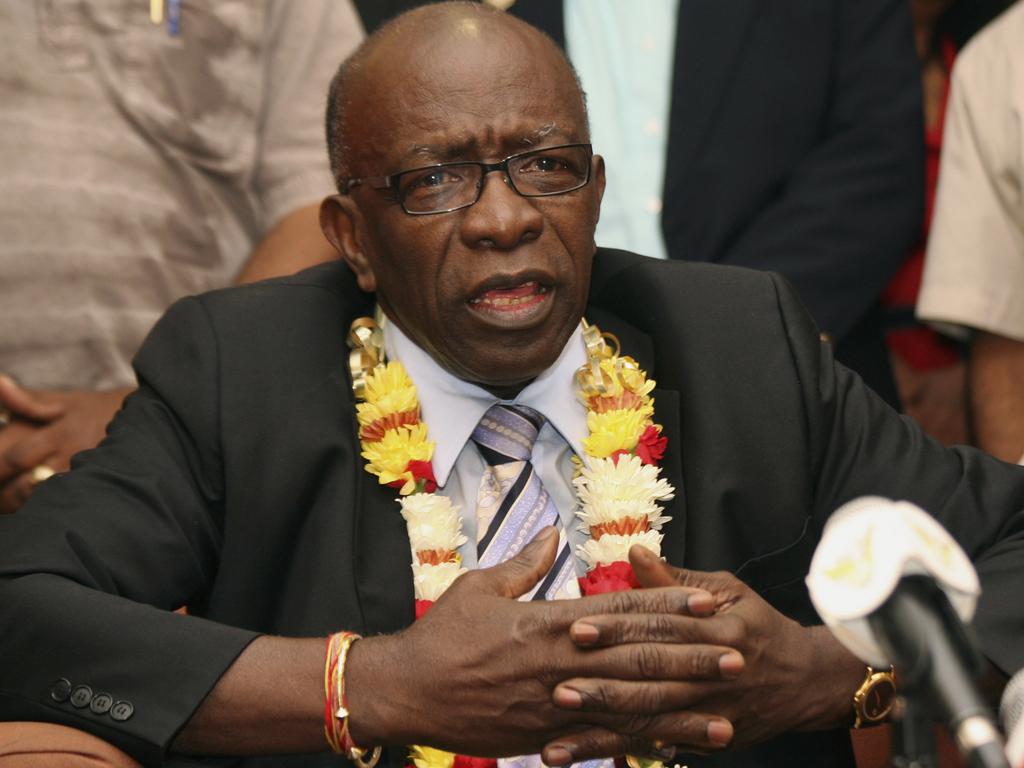
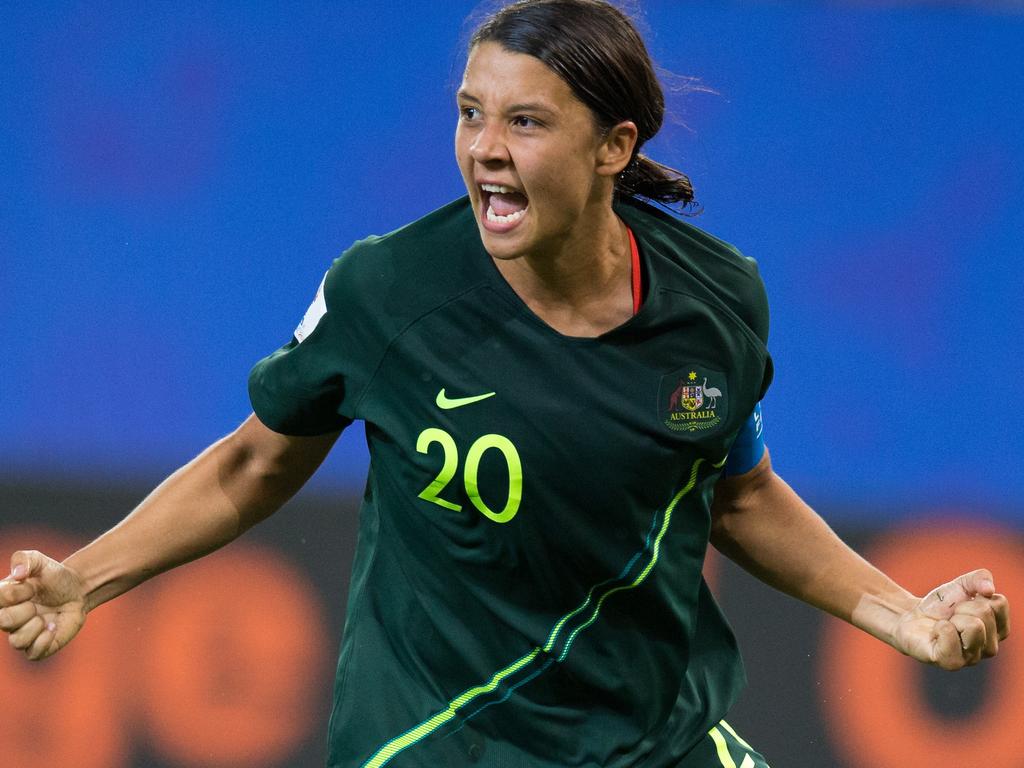
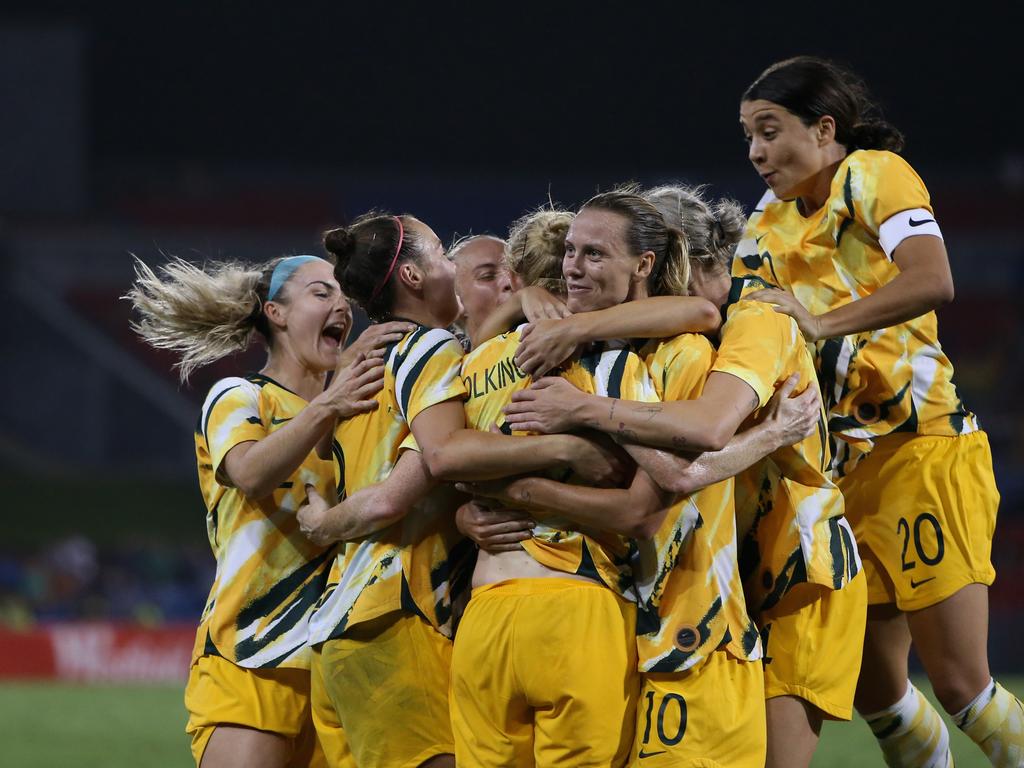
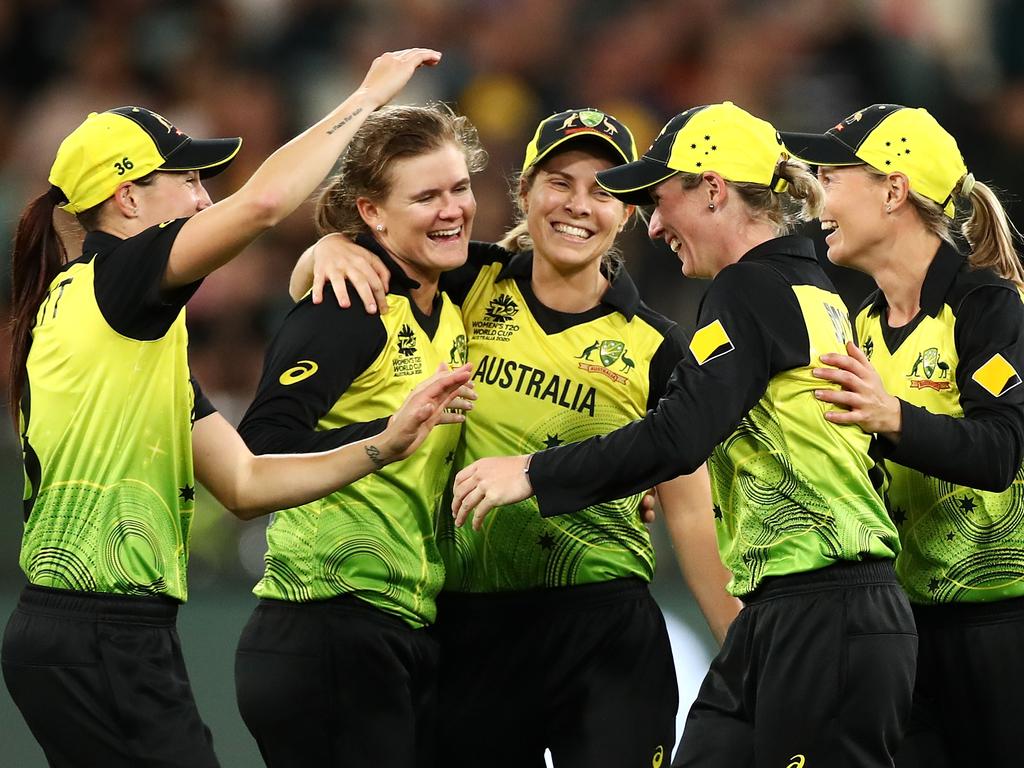
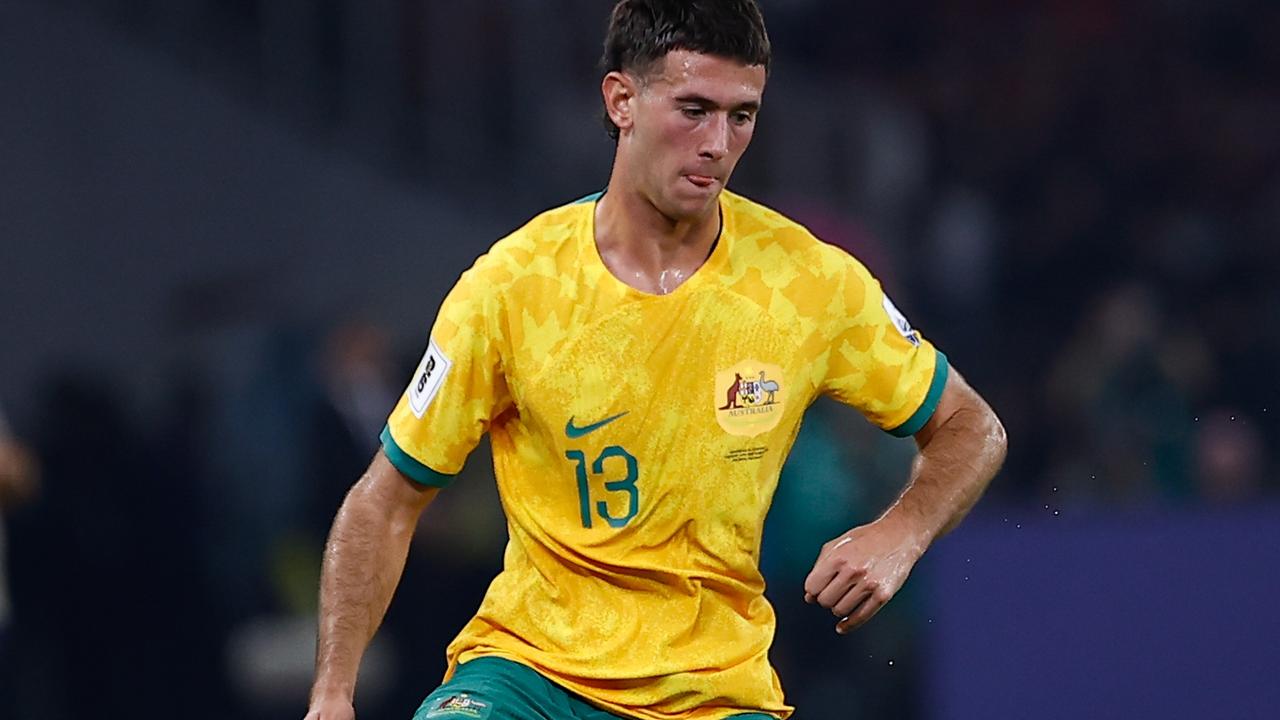
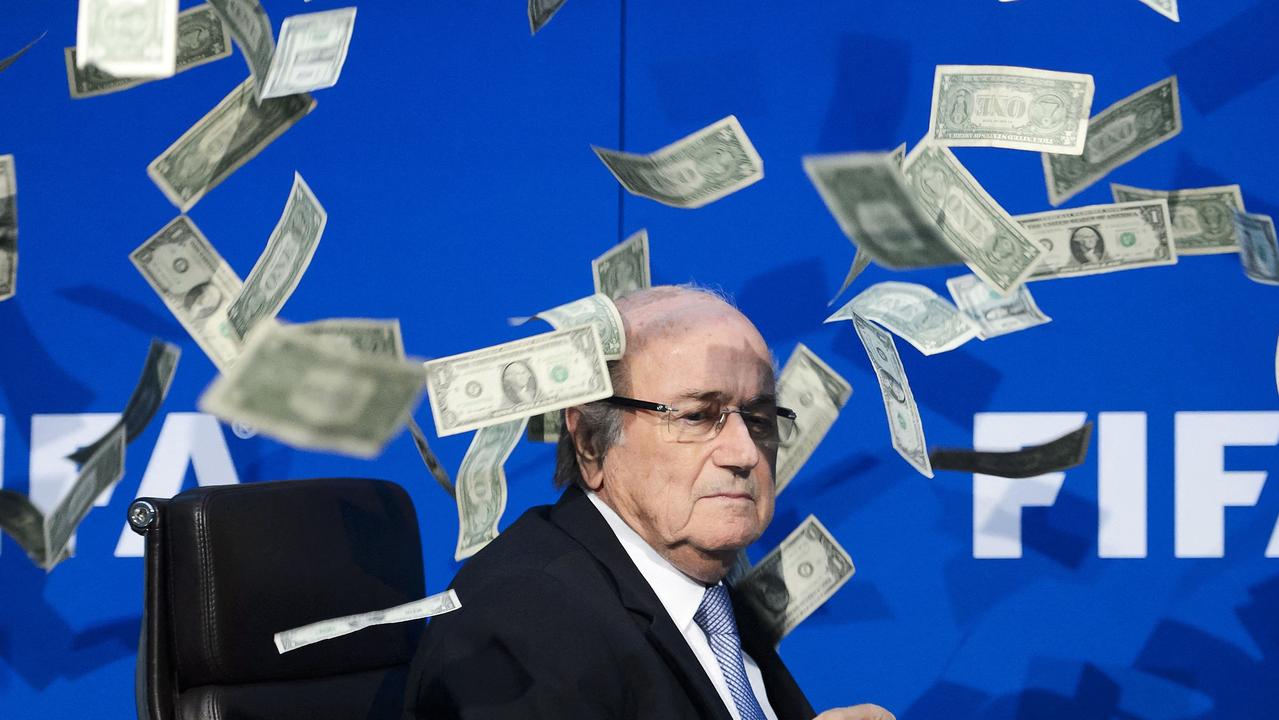
To join the conversation, please log in. Don't have an account? Register
Join the conversation, you are commenting as Logout